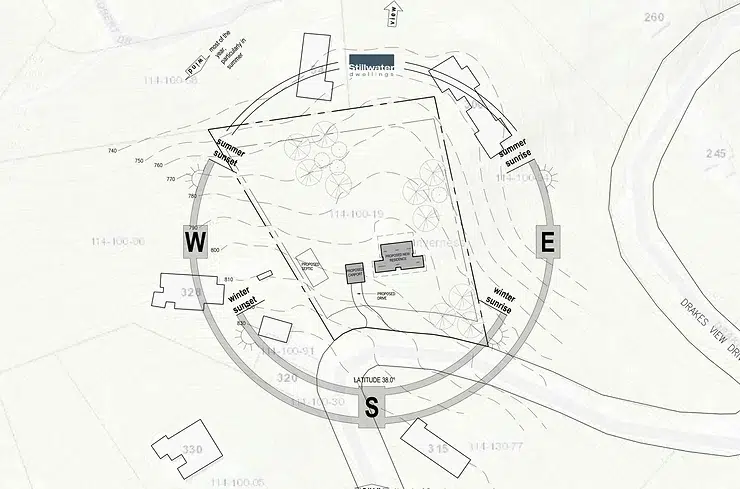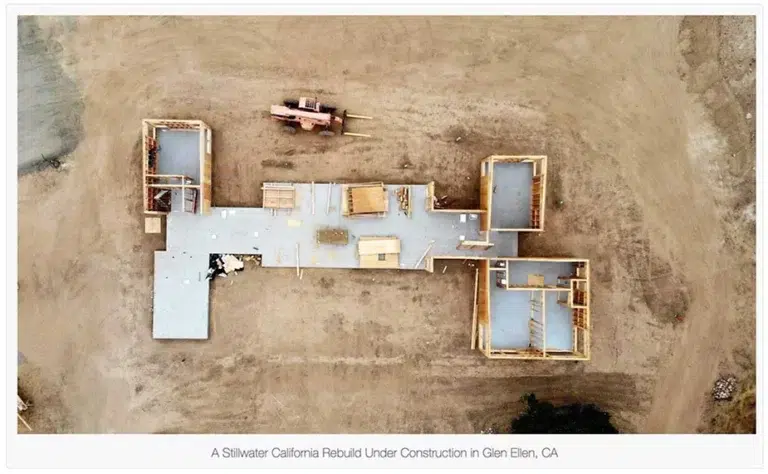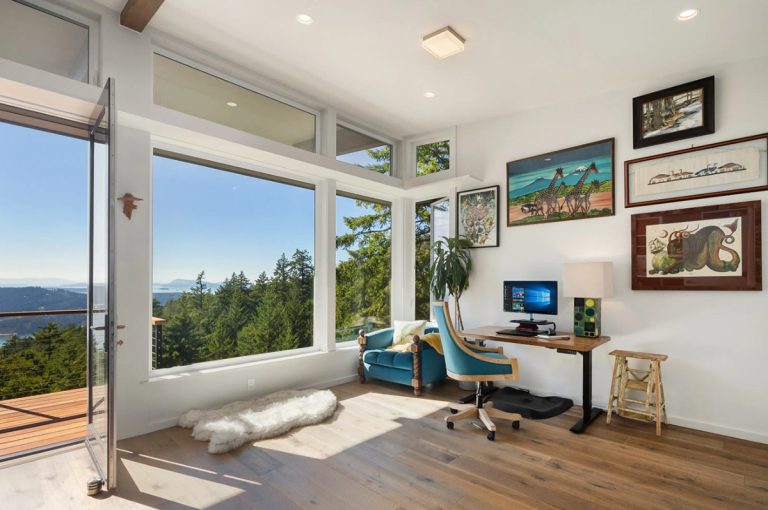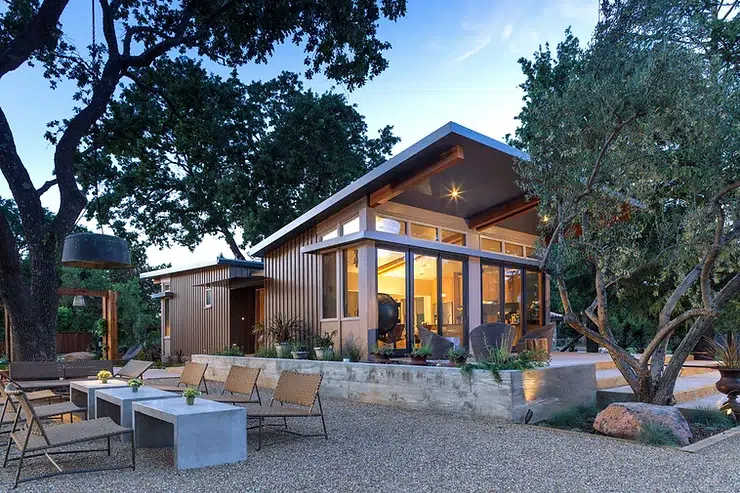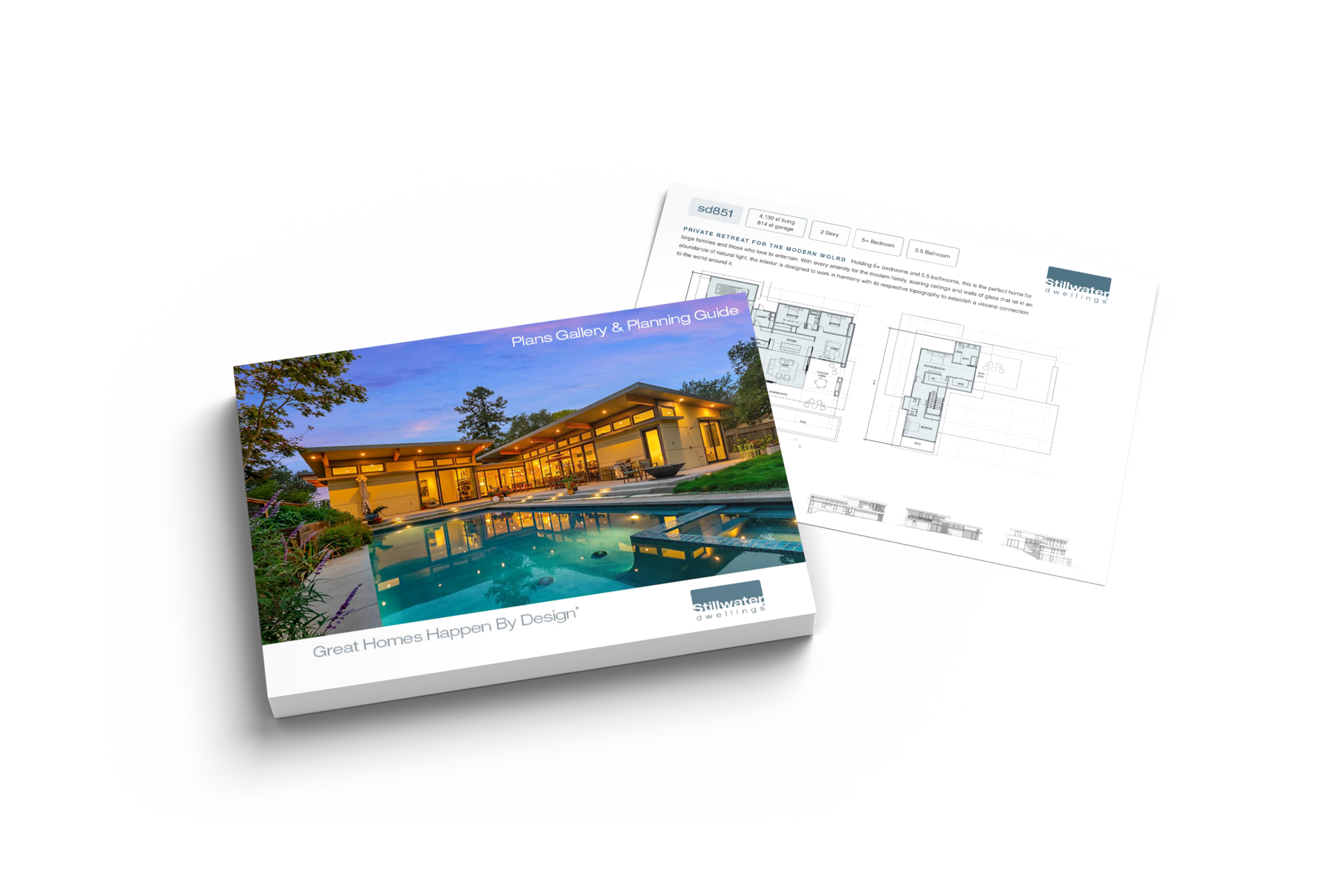Choosing a sloped site for your new home can be both challenging and rewarding. A sloped lot can offer amazing views of distant landscapes or forest canopies, extra light and the possibility of a walk-out lower level. However, there can be extra costs and challenges depending on the steepness of the slope, the approach to the site and the consistency of the ground. Luckily, we have plenty of experience successfully designing Stillwater homes for some of the most beautiful and challenging sloped sites. Our signature glass wall of windows and doors is ideal for making that indoor/outdoor connection with the amazing views a sloped site allows.
For those interested in building on a sloped site, here are some additional points to consider.
Slope Characteristics
The biggest hurdles boil down to two main factors: the gradient of the slope and whether the lot is upslope or downslope.
Less than a 10% incline is considered slight and is the easiest to build on, while 11-20% is considered moderate. Anything above 20% is steep.
Additional Foundation Work – Time & Cost
Even moderately sloped sites typically require more foundation work.
Drainage & Sewage
Proper water drainage from rainfall, as well as relative placement to sewage lines need to be carefully planned and designed.
Removal or Fill Soil
Depending on your specific site, you may need to haul soil away, or deliver soil to the site for filling. Either way, transportation of the soil to and from the site will need to take place and this can add to the cost.
Access to the House
Access to the property — for both you and your contractors — is an important factor to consider in your calculations as well. Using our panelized building method allows us to vary the shipment sizes and methods to accommodate your lot.
Soil Type
The type of soil your home will sit on must be taken into consideration. Granular soils drain well and can bear high loads compared to clay soils. Some clay soils can damage foundations due to expansion and contraction during seasons.
Rock ledges near the surface can also present difficulties with drainage and septic systems and solutions will need to be discussed. Having a geotechnical report for us to analyze is helpful in determining foundation/retaining wall costs for a new home.
Landscaping
You’ll want to put down plants that can take root on an incline and can help reduce erosion and prevent weeds. Retaining walls, rock gardens, and terracing are also good options on sloped sites.
